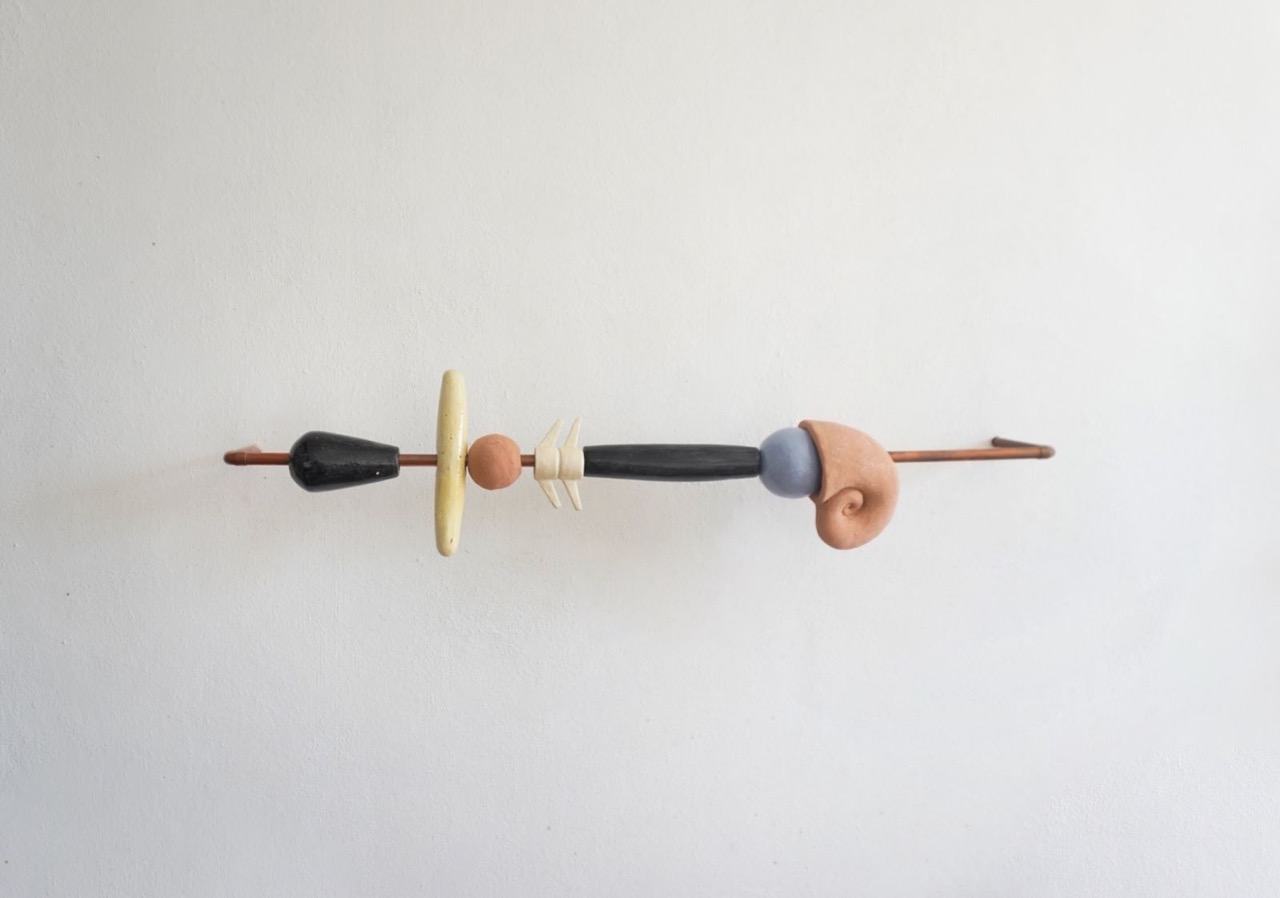
Cartographic Rhizome
Exhibition
-> Jan 16 2025 – Apr 16 2025
APTO Gallery presents the collective exhibition Cartographic Rhizome. The concept of the title structures this exhibition, proposing a perspective where works and meanings emerge from dynamic and non-linear connections. Inspired by rhizomatic thinking, this approach rejects fixed hierarchies or predefined models, opting to map elements in constant transformation. Thus, the artists' works not only coexist, but establish a fluid narrative fabric that challenges traditional forms of interpretation.
In this context, two key principles are manifested: that of cartography and that of asignifying rupture. Cartography seeks to draw a living map of interrelations that change with the connections between pieces, space and spectators. This mapping includes movement as a central element: the physical and symbolic displacement of the spectator, which allows him to explore meanings from multiple perspectives.
Works such as those by Javier M. Rodríguez, Andrea Henning, Rocca Luis César, Hiram Constantino, Marcelo Suro, Joshua Jobb and Tania Bello require active interaction that provokes changes in perception, while those by Rocío Sáenz, Mónica Figueroa and David Zafra address emotional transitions in the human experience that enrich these interactions. Or Karian Amaya and Alejandra Gómez, who touch on themes about nature and its relationships, how the landscape changes and the resistance of matter. Each work acts as a node within this rhizomatic map, forming a constantly expanding network.
The principle of asignifying rupture, for its part, complements this notion of movement by challenging the traditional perception of art as something static. In this framework, the pieces are not fixed entities, but catalysts for transformation. The materials and narratives used move between what they were, what they are and what they will be, inviting the viewer to continually reflect and resignify. The cartographic rhizome not only organizes the exhibition, but turns it into a collective exercise of reconfiguration, where movement – in all its forms – activates new connections and meanings.
— APTO Gallery